The best 65-inch TV in Australia 2025: big screens for every budget
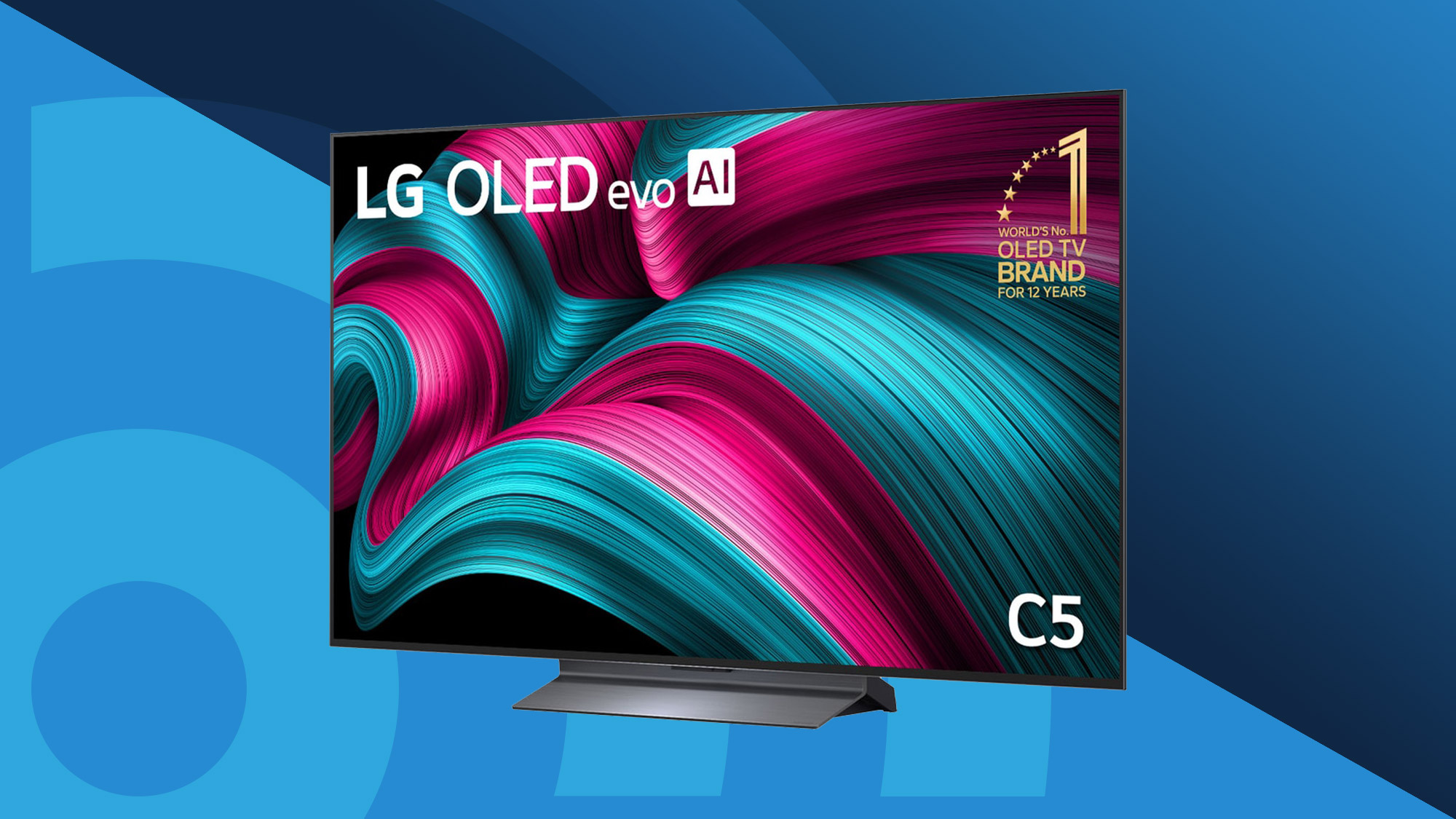
The best 65-inch TVs strike the perfect balance between immersion, size and budget, and have fast become one of the most popular sizes of TV in Australia. Providing plenty of screen real estate to show off your movies and games, yet 'small' enough to fit into the majority of Australian homes, a 65-inch TV could be just the thing you need to amplify your home cinema.
Fortunately, a 65-inch TV no longer needs to cost the earth, with many falling into affordable territory and others receiving generous discounts during major sales events. Naturally, if you have the extra cash to spend, you can get yourself a truly exceptional screen – some of the best OLED TVs with next-gen tech or best 8K TVs are available at this size.
When we test 65-inch TVs, we take objective readings of various metrics including colour accuracy and brightness levels, and combined with our subjective opinion of the screen's overall performance against its price and feature set, we settle on the list below.
The quick list
Below, you’ll find a roundup of what we consider to be the best 65-inch TVs currently available in Australia. You can also jump to a more detailed review of every pick and our price comparison tool to help you find the best deals.
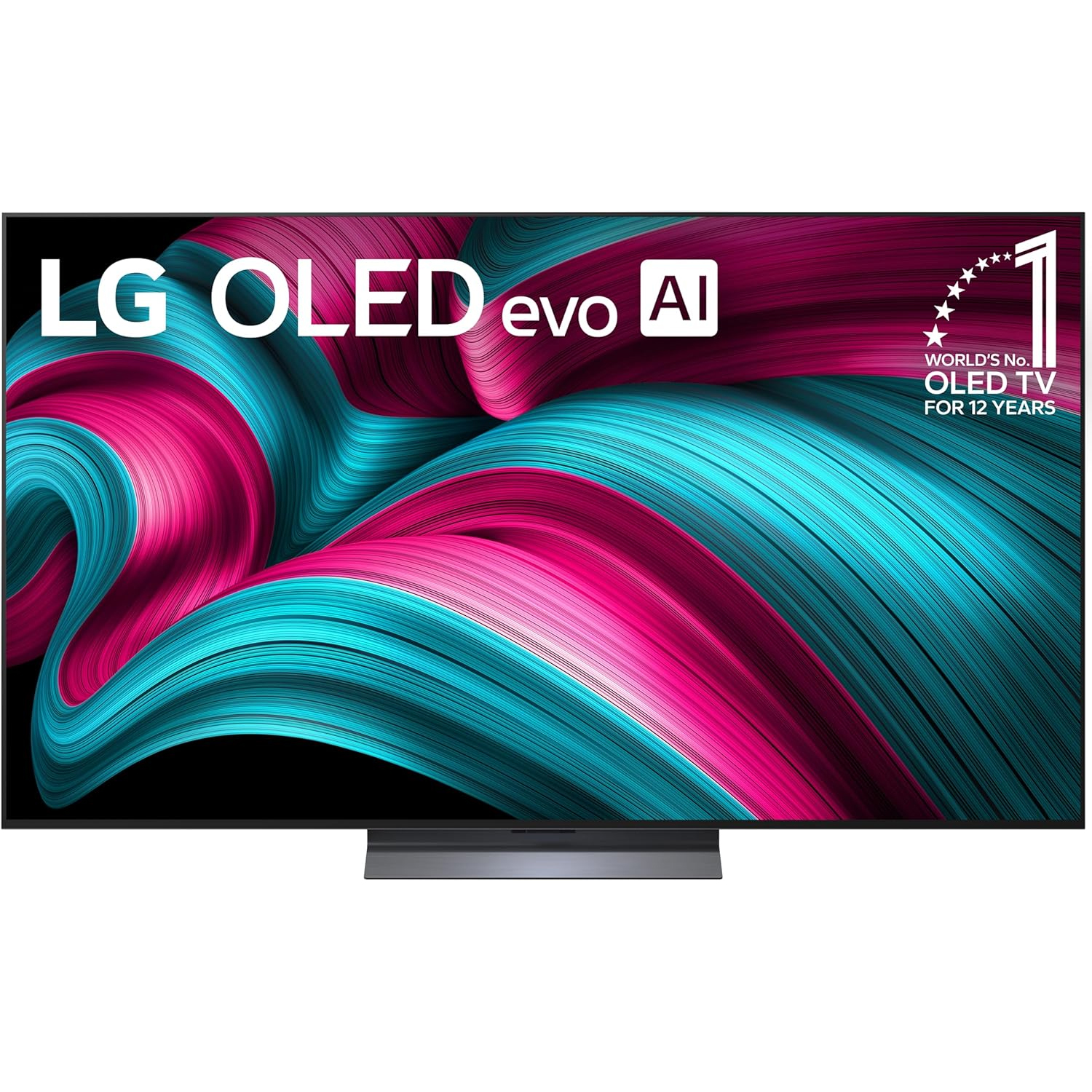
Best 65-inch TV for most people
The LG C5 delivers a gorgeous picture from its OLED screen, offers great gaming support and an excellent user interface. It's practically perfect in every way.
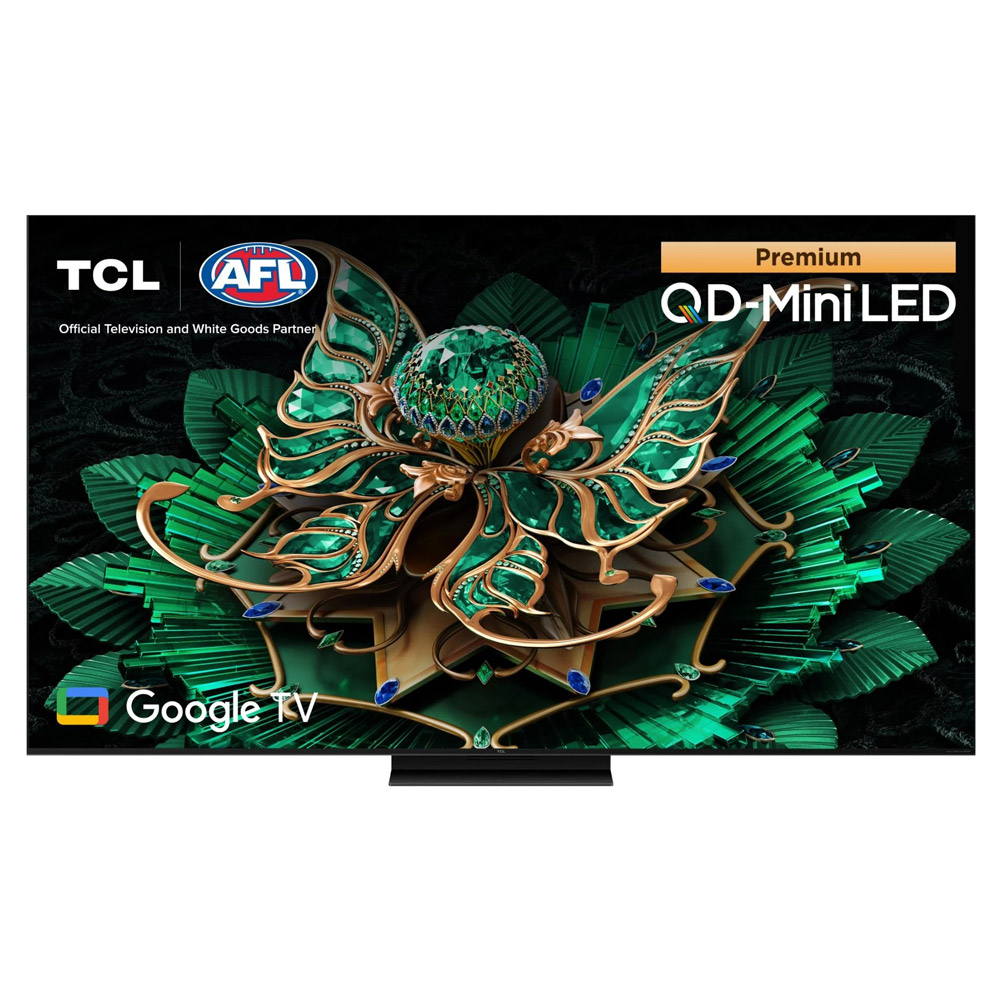
Best budget 65-inch TV
Brimming with useful features and capable of serving up a vibrant, colourful picture, the TCL C6K is a fantastic budget TV option.

Best mid-range 65-inch TV
Increase your budget slightly and you'll be well-rewarded with the TCL C7K, which delivers a brighter, punchier picture alongside great gaming support.
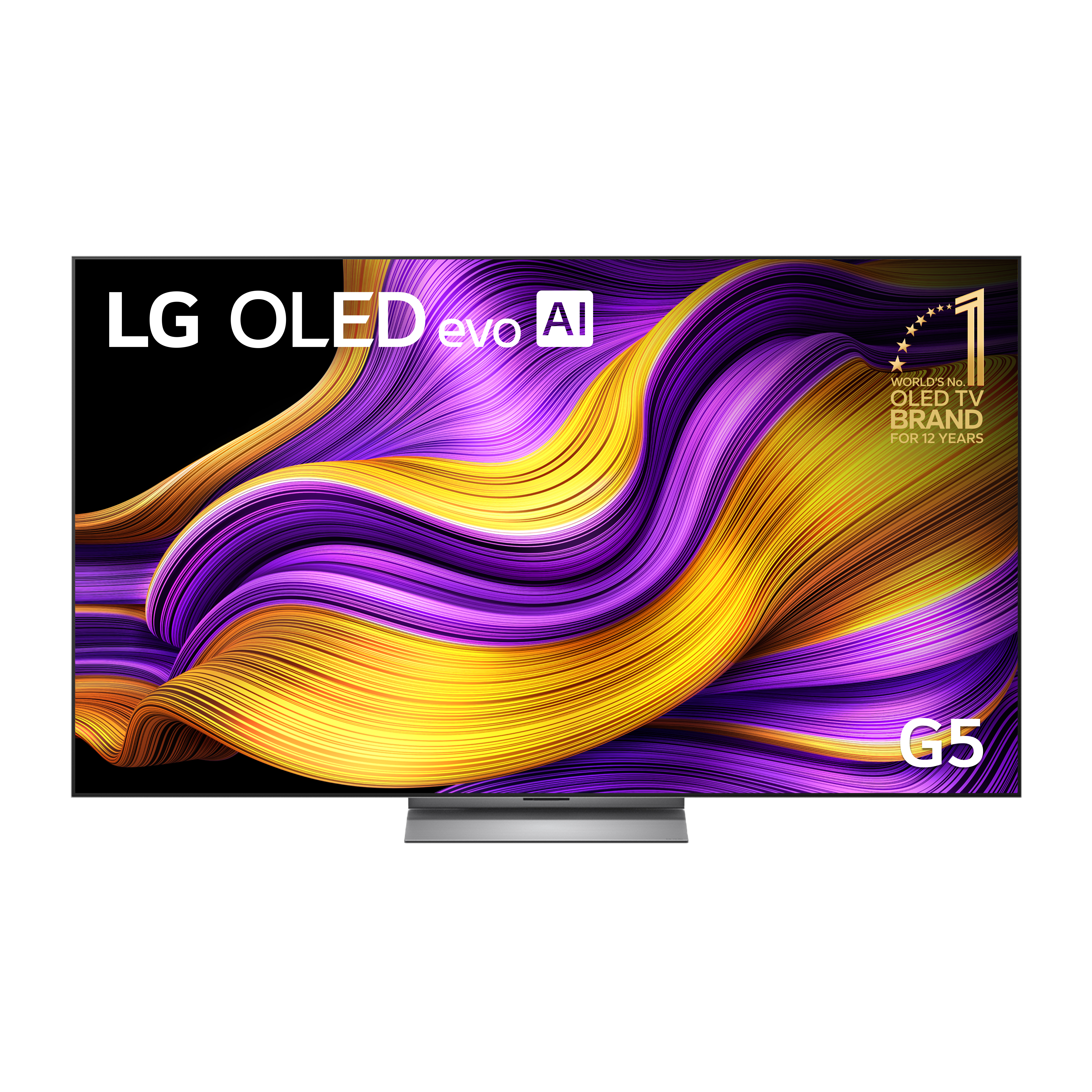
Best 65-inch premium OLED TV
The LG G5 takes OLED to new levels of brightness, while still delivering the performance and features you expect from a top-end OLED.
Read more below
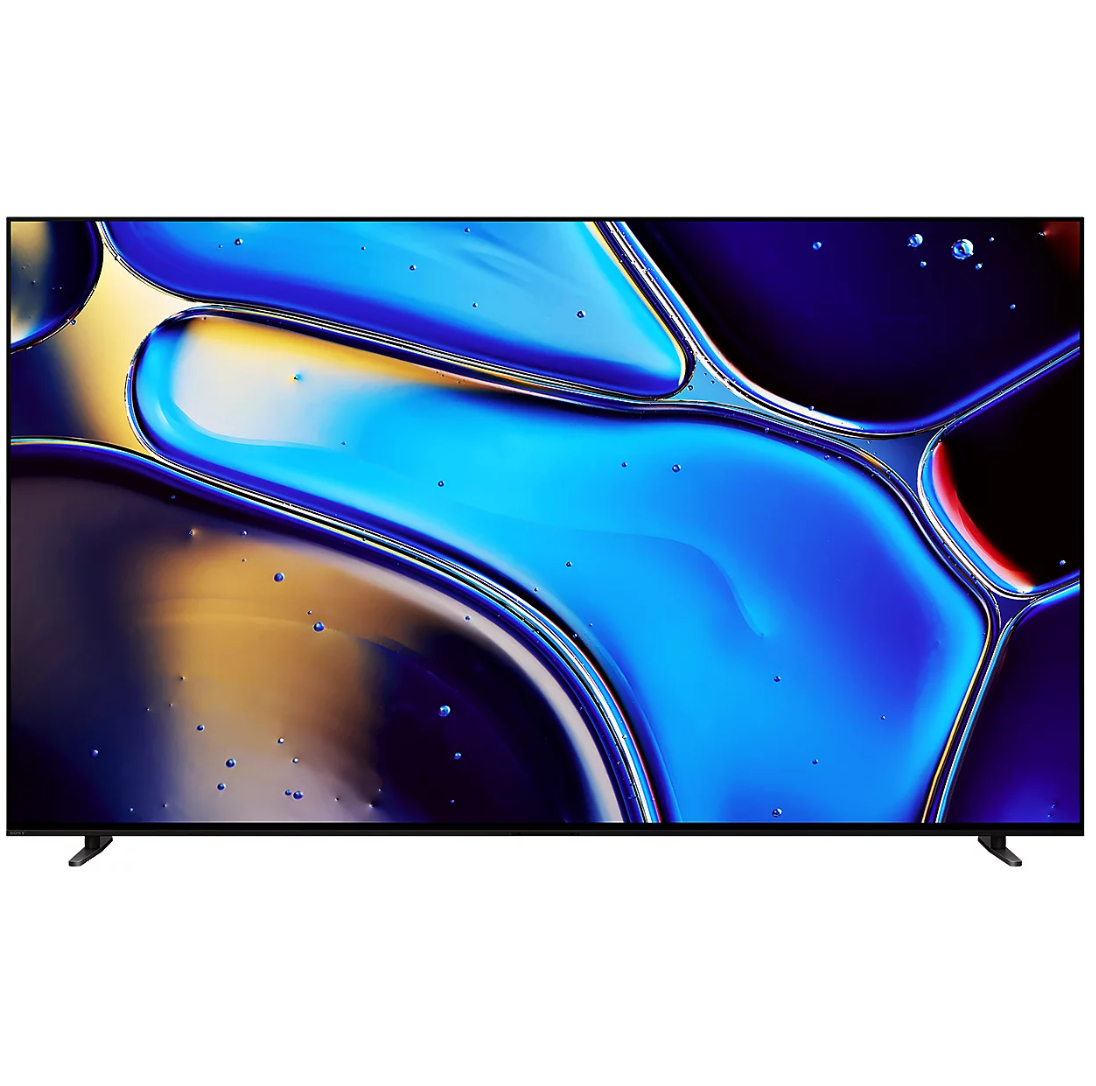
Best 65-inch OLED TV for sound
The Bravia 8 delivers a scintillating picture and is 'Perfect for PS5'. But it's a built-in audio system that sets it apart from the rest of the OLED market.

Best 65-inch TV for sports
This Samsung mini-LED TV combines high brightness, a Glare Free screen and great motion handling for optimal daytime sports viewing.
October 22, 2025
Replaced the Hisense U7N with the TCL C6K as the best budget pick and the LG B4 with the TCL C7K as the best mid-range pick.
The best 65-inch TVs of 2025
Why you can trust TechRadar
Below you'll find full write-ups for each of the best 65-inch TVs in our list. We've tested each one extensively, so you can be sure that our recommendations can be trusted.
The best 65-inch TV overall

Specifications
Reasons to buy
Reasons to avoid
✅ You want a stunning gaming TV: The C5 has four HDMI 2.1 inputs, supports up to 144Hz and has cloud gaming options.
✅ You want a TV that's built for movies: Fantastic performance all round, including good brightness and Dolby Vision Filmmaker mode make the LG C5 OLED a first-class option for serious movie fans.
❌ You want the brightest TV possible: The aforementioned brightness boost does help, but the fact is mini-LED TVs will go brighter.
❌ You want a cheap TV: It costs less than the true flagships, but the C5 can still be a investment outside of major sales periods.
The LG C5 OLED is a tremendous TV that delivers the perfect combination of picture quality, built-in sound, gaming features and an intuitive user interface, making it one that we think should suit the vast majority of buyers in Australia.
It receives some upgrades over its C4 predecessor, although admittedly it's not quite the same leap as the C3 to the C4. However, the C4 is very hard to come by now in Australia, leaving the LG C5 OLED to take centre stage. It gets a new Alpha 9 Gen 8 AI Processor, giving the C5 a slight boost in brightness and ushering in a suite of AI capabilities.
This extra brightness helps the C5 fare even better in brighter conditions, making it ideal for Australian homes. As we said in our review, "Picture quality is superb on the LG C5. Its vibrant, accurate colour, strong contrast, and lifelike textures all combine to rival what you see on the best OLED TVs."
The C5's built-in speaker system does a fine job, with dialogue in particular coming through clearly and the AI Sound Pro mode proving to be actually quite useful.
The LG C5 is also an excellent gaming TV with HDMI 2.1 support across all four of its ports, VRR and ALLM. Plus, thanks to a 144Hz refresh rate, certified by Nvidia, it's perfect for PC gaming as well. LG's on-screen Game Optimizer menu also makes it quick and easy to adjust specific settings mid-game.
Read our full LG C5 OLED TV review
The best budget 65-inch TV
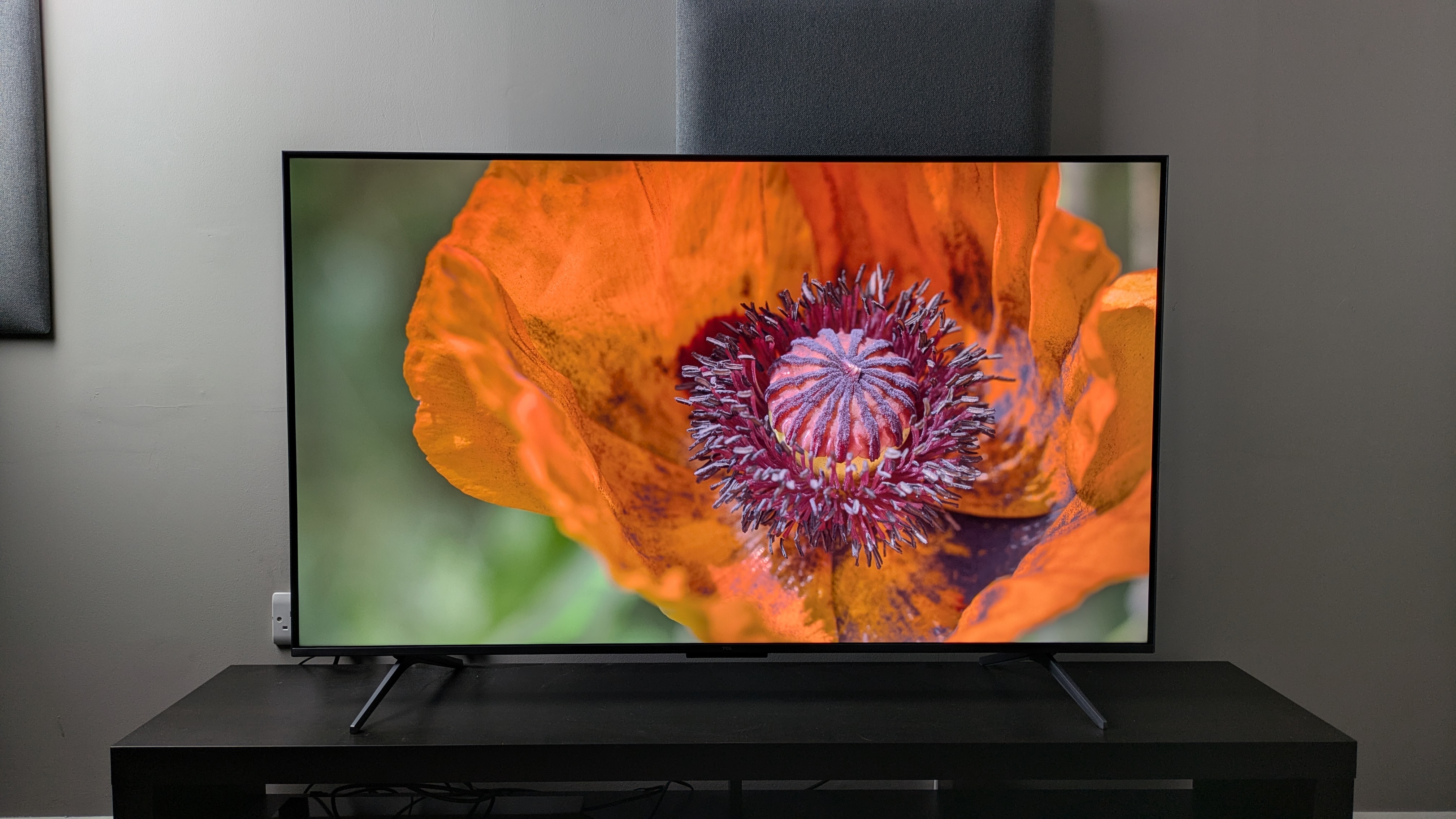
Specifications
Reasons to buy
Reasons to avoid
✅ You want a great value TV
The TCL C6K offers a great suite of features and mini-LED picture quality for a budget-friendly price.
✅ You want a well-equipped gaming TV: The C6K's biggest strength is in its gaming features and performance, and the price is cheap for what you get.
❌ You'll be watching in large groups: When viewed off-centre, the C6K's contrast fades and blooming becomes more visible.
❌ You want a perfect picture:
The C6K does suffer from some screen uniformity issues and we found black crush occurred in darker scenes in movies.
Whether your budget is limited or you're looking for a cost-effective TV for a second room, or even to use as a gaming TV, the TCL C6K is a fantastic choice. Like its C7K sibling below, the C6K offers plenty of features at an even more affordable price. It's not a perfect screen by any means, but it does more right, than wrong.
Picture quality is admirable for the price, and we actually recorded higher fullscreen brightness figures than we were expecting, in both Filmmaker and Standard modes. The result is a picture that's full of vibrancy and punch. In fact, as we noted in our review, "colour is one of the C6K's strong suits. A Disney Plus stream of Elemental, viewed in Dolby Vision Dark picture mode, demonstrated vibrant, punchy colours, particularly when Ember does glass-making."
Black levels are also great for TV in the C6K's price bracket, especially when it's fed high-quality 4K content. Some black crush can creep in in particularly dark scenes, but it's something to be expected at this price level. Viewing angles aren't amazing either, so take this into consideration if you know you're going to have a large group of people crowding around at one time.
It's also worth noting that the C6K's feet are set wide apart no matter the screen size, so make sure your media unit will be able to accommodate it if you don't go down the wall-mount route.
Gaming is a strong suit, with 4K 144Hz, VRR (AMD FreeSync Premium included), Dolby Vision gaming and ALLM support. Lag time is decent, and the dedicated Game Master mode is effective. Just note there are only two HDMI 2.1 ports.
Overall, it's a great example of what you can get without spending a lot of money, and is the best budget TV in our opinion, based on the models we've tested to date.
Read our full TCL C6K review
The best mid-range 65-inch TV

Specifications
Reasons to buy
Reasons to avoid
✅ You want a colourful, contrast-rich picture
The C7K delivers a colourful picture with surprisingly rich contrast for a mini-LED TV in its price range.
✅ You want a well-featured gaming TV: With 4K 144Hz, VRR, ALLM and a 13.5ms input lag time, the C7K is feature-packed for gaming and has solid performance to match.
❌ You watch a lot of black and white movies
The C7K has some screen uniformity issues, and while this gets disguised in most content, it's obvious in black and white movies.
❌You want great built-in sound: For day-to-day viewing, the C7K's built-in sound is good. But if you're looking for a complete cinematic experience, you're better off adding a soundbar.
TCL has long had a strong track record for producing quality, affordable screens and the TCL C7K continues that trend. It's a solid mini-LED TV, offering plenty of features for an affordable price, making it a great option for anyone with a limited budget, but who wants to maximise their investment. It may not be top in its class, but it does a lot right.
Picture quality on the C7K is mostly good, with vivid colours and surprisingly deep black levels. Its motion handling is also impressive, although it does require a bit of tweaking to get the best results. Fans of black and white movies will have to put up with a screen uniformity issue that adds a brown tone to the edges of the screen, but this is our only real complaint with the C7K's picture.
Gamers looking for a budget gaming TV should pay particularly close attention to the C7K, as it supports 4K 144Hz, VRR (AMD FreeSync Premium Pro), ALLM and Dolby Vision gaming. Not only that, but its performance is smooth even during the most intense gaming sequences, thanks to its respectable 13.5ms input lag time.
It's not all perfect, mind you, and the C7K does fall down in some areas, namely its built-in sound, but it's hard to argue against its value – plus, we nearly always recommend you add a soundbar to improve the audio performance of your chosen screen. The level of features and the quality it delivers for the price mean it's an easy budget buy recommendation.
Read our full TCL C7K review
The best 65-inch premium OLED TV
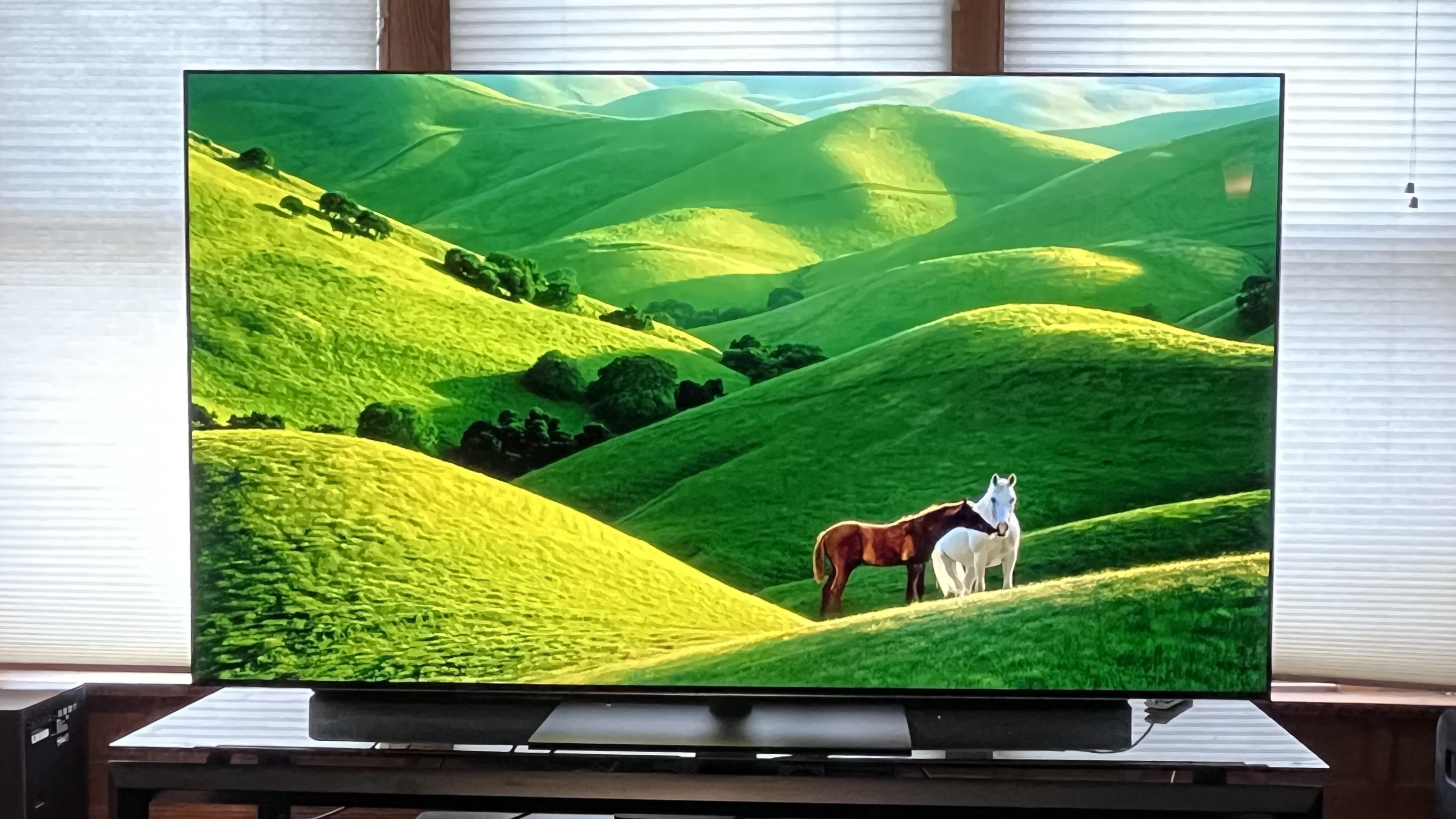
Specifications
Reasons to buy
Reasons to avoid
✅ You want excellent picture quality: The G5 is the brightness OLED we've currently come across, resulting in truly stunning images. It also makes it a great option for brighter rooms.
✅ You want a premium TV for gaming: The G5 comes stacked with gaming features such as 165Hz and VRR, and games look great on it. It also has an exceptionally low 9.1ms input lag.
❌ You have a budget: The G5 carries a premium price for its features and will test a lot of people's budgets. If you want greater value, look to the 2025 LG C5 or last year's LG C4.
❌ You need HDR10+ support: While it does have Dolby Vision, the G5 still misses out on HDR10+ support.
The LG G5 is an impeccable TV. It's packed with useful features and arrives with a seriously bright OLED panel that makes it a genuine contender to inherently bright Mini-LED screens. It's premium in every sense of the word and really needs to be seen to be believed.
Picture quality is where the G5 really comes into its own, with stunning contrast, accurate and realistic textures, vibrant and gorgeous colours and ultra-responsive motion. And, thanks to the new Primary RGB OLED panel, its high peak and full-screen brightness means every part of the picture gets a new level of punch compared to the previous LG G4. The G5 also gets an improved anti-reflective screen that does an excellent job at banishing reflections. Some can still be spotted, but it's a marked upgrade over previous LG OLED generations.
LG's OLEDs have been powerhouse gaming TVs for a number of years and the G5 is no different. It has four HDMI 2.1 ports that support 4K 165Hz, VRR (AMD FreeSync and Nvidia G-Sync included), HGiG, Dolby Vision gaming. Its ultra-low 9.1ms input lag time means responsive performance while gaming, and its Game Optimizer menu and Game Quick Card serve as very useful tools.
LG's webOS continues to be one of the best smart TV platforms available, and webOS 25 introduces new, useful AI tools that will be a real benefit to some users. The G5 looks appealing as well, with a bezel-less design and trim depth making it perfect for wall-mounting (a slim-fit TV-mount in-box also helps!).
While we wish its built-in sound could match its picture (it's still perfectly adequate), the LG G5 is a near-perfect TV. Yes, it's pricey, and for some, the step-down C-series OLEDs will be a better choice, but it's still one special TV that's worth its money.
Read our full LG G5 review
The best 65-inch OLED TV for sound

5. Sony Bravia 8
Our expert review:
Specifications
Reasons to buy
Reasons to avoid
✅ You want phenomenal built-in sound: The Sony Bravia 8's sound is direct, powerful and follows the action on-screen closely.
✅ You're a PS5 owner: The Bravia 8 may not be the most fully equipped gaming TV, but thanks to its Sony auto HDR feature, HDR tone mapping looks brilliant on PS5 games.
❌ You need the brightest OLED: Models such as the LG G4, C5, Samsung S90D and S95D have higher peak brightness than the Sony Bravia 8.
❌You need more than two HDMI 2.1 ports: The Sony Bravia 8 only offers two HDMI 2.1 ports compared to TVs such as the LG C4 and Samsung S90D which offer four.
Despite consistent improvements to picture quality, built-in audio often feels like an afterthought for most TV manufacturers. It could well be due to the increased awareness of soundbars, but the fact remains some people will want to use their TV's speakers all the time. Sony is one brand that is striving to make sure its TVs provide excellent quality sound and the Sony Bravia 8 is certainly no exception.
Adopting a technology called Surface Audio+, which also features on 2023's A80L (and the TV that previously held this spot) the Bravia 8 integrates actuators behind the screen to pass sound through it. The result is more direct, powerful audio. What's particularly impressive is how well the Bravia 8's speaker system is able to process Dolby Atmos effects to create a more immersive experience with object sounds being accurately placed within the soundfield.
Another interesting feature is the 'Acoustic Center Sync', which allows a compatible soundbar to be connected to the TV to become the centre speakers itself, enabling a bolder, more room-filling sound.
It's not just a fantastic TV for sound, though, the Sony Bravia 8 has a brilliant, refined picture that shows detailed shadows and sharpness. It does get a slight brightness boost over the A80L thanks to a new processor, which certainly helps with HDR content. It also features 4K 120Hz gaming support on two of its HDMI ports.
Read our full Sony A80L review
The best 65-inch TV for sports
7. Samsung 65QN90F
Our expert review:
Specifications
Reasons to buy
Reasons to avoid
✅ You want to watch in a bright room: The combination of the QN90F’s bright picture and Glare Free screen means no screen reflections when viewing in bright rooms.
✅ You're a gamer: The QN90F has four HDMI ports with 4K 165 Hz and FreeSync Premium Pro support, and its ultra-low 9.5ms input lag means fast and responsive gaming.
❌ You’re on a tight budget: Other mini-LED TV makers like Hisense and TCL offer equally bright models at a much lower cost, though they lack the QN90F’s Glare Free screen.
❌ You want Dolby Vision HDR: Like all Samsung TVs, the QN90D doesn't support Dolby Vision HDR.
The Samsung QN90D previously occupied the best TV for sports slot in this guide, and that TV’s successor, the Samsung QN90F, is an even better TV for sports. The big improvement the QN90F brings is a new Glare Free screen, a feature previously limited to the company’s top OLED TVs, and it lets viewers enjoy sports in brightly lit rooms without having to worry about screen reflections.
Other qualities that made the QN90F’s predecessor our top pick for sports carry over, including high brightness, along with a Wide Viewing Angle feature that means viewers across a range of seating positions all experience the same level of picture quality. The TV’s built-in 4.2.2-channel speaker array delivers clear speech and vivid Dolby Atmos height effects, and its Object Tracking Sound Pro+ feature makes sure the sound connects accurately with the onscreen action.
Along with being a great TV for sports, the Samsung QN90F’s powerful contrast and refined local dimming make it a perfect choice for movies, which are displayed with rich color and detailed shadows. The TV’s 4K 165Hz and FreeSync Premium Pro support also makes it great for gaming, with Samsung’s Gaming Hub letting you play cloud-based games from apps such as Xbox and Nvidia GeForce Now.
The Samsung QN90F is priced higher than much of its mini-LED competition, but in this case, you're getting a TV with a premium picture and design, a top-of-class smart TV interface, and an extensive array of features. It’s not just a great TV for sports, but an all-around great TV.
Read our full Samsung QN90F TV review
How to choose the best 65-inch TV
Should I buy a 65-inch TV?
We’ve answered this question in a much more detailed guide elsewhere on TechRadar, but the short answer is: yes, if you can afford to.
Basically, a bigger TV is often a better TV and, as mentioned earlier, these large-scale displays typically boast the best specification when it comes to new tech and useful features.
As 65-inch models are becoming increasingly popular, too, they’re also becoming less expensive, and we’d almost always recommend parting with a little bit more money to enjoy the benefits of such an impressive screen size.
Which is the best 4K TV brand?
The question of the best 4K TV brand (for 65-inch models, in particular) is a difficult one to answer when there’s so many great models out there. Displays from the likes of LG, Sony and Samsung regularly make this list, but they’re often joined by equivalent models from brands like Hisense and Panasonic.
A better question might concern what to look for when buying a 65-inch 4K TV, to which we’d say picture quality, app support, other handy bells and whistles like voice control and, of course, price.
Features like HDR support, Dolby Vision and Atmos, OLED panels and the like can be real differentiators, too, when it comes to finding the 65-inch 4K TV with the best viewing experience, though it’s no surprise that the more of these extras a display has, the more expensive it tends to be.
What is 4K resolution?
4K is, essentially, an ultra-high-definition screen resolution. Also called UHD or 4K UHD, the display technology has become the default screen resolution across all of the TVs that you’re likely to see in stores today – as well as many PC monitors, too.
The very best UHD TVs pack over eight million pixels in their high-res displays – that’s four times the amount you’ll find on the Full HD panels in today's small TVs.
You don’t necessarily need access to 4K entertainment content to enjoy the benefits of 4K resolution, either, since many of the best 4K TVs – i.e. most of the 65-inch displays on this list – boast impressive upscaling technologies that bolster content filmed in HD.
The only displays which sport a sharper picture are the 8K variety – though, being a still-new technology, choice in that department is much more limited and, naturally, 8K models are far more expensive.
How we tested the best 65-inch TVs
Our team selects the best 65-inch TVs based on a few main factors: their overall picture performance including contrast, color saturation and motion handling, as well as their feature set, design and smart TV platform. We're looking for TVs that are well-built and have the technology to last for the next few years.
Obviously, there is a level of subjectivity that goes into the review process, however, we strive to maintain fairness across brands by testing the same type of content on each screen (HD/SDR, 4K/HDR, games, movies and music) and reporting what we've found the experience to be like.
We test the brightness and color range using a colorimeter and Portrait Displays’ Calman calibration software. We test each set straight 'out-of-the-box' as well as after calibrating the screens ourselves, so that we can tell you what you'll get if you don't tweak at all, as well as what the TVs are capable of in the right hands.
Like our readers, our writers' and editors' room layouts differ and may cause slight disparities in testing, however, we also test a lot of sets in a dedicated testing room, while also making every attempt to question our assumptions and troubleshoot our issues with performance in every review.
The latest updates to this best 65-inch TVs guide
October 22, 2025
Replaced the Hisense U7N with the TCL C6K as the best budget pick and the LG B4 with the TCL C7K as the best mid-range pick.
15 October 2024
Completed a full overhaul of the entire guide to bring it up to date. All previous TVs have been replaced with 2024 models.
Benchmark test results have been added to all entries, too.
July 29, 2025
Replaced the LG C4 with the LG C5 as the 'best 65-inch TV overall' due to stock shortages of the C4 in Australia.
Replaced the Samsung QN90D with the Samsung QN90F as the 'best TV for sports'.
April 30, 2025
Replaced the Samsung S95D with the LG G5 as the 'best premium OLED TV' based on our testing, with the latter exhibiting increased brightness and other useful features.
Removed the LG G4 as 'best TV for wall-mounting' category and replaced it with the Samsung QN90D as the 'best TV for sports'.
Added LG C5 to 'Also Consider' section and removed LG's other OLEDs from 'New TVs coming in 2025' as they feature elsewhere in this guide.
Sign up for breaking news, reviews, opinion, top tech deals, and more.

Max is a senior staff writer for TechRadar who covers home entertainment and audio first, NBN second and virtually anything else that falls under the consumer electronics umbrella third. He's also a bit of an ecommerce fiend, particularly when it comes to finding the latest coupon codes for a variety of publications. He has written for TechRadar's sister publication What Hi-Fi? as well as Pocket-lint, and he's also the editor of Australian Hi-Fi and Audio Esoterica magazines. Max also dabbled in the men's lifestyle publication space, but is now firmly rooted in his first passion of technology.
- Matt BoltonManaging Editor, Entertainment
- James DavidsonTV Hardware Staff Writer, Home Entertainment